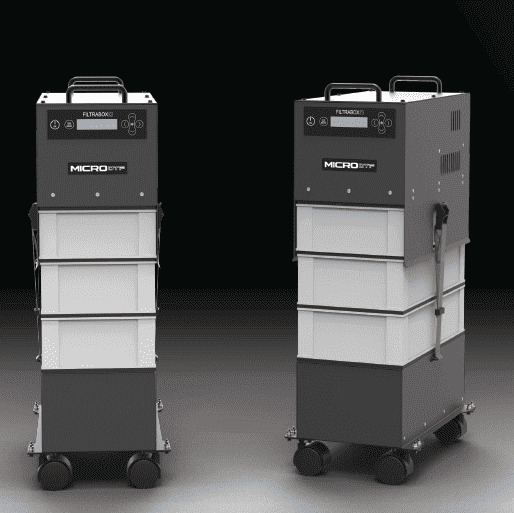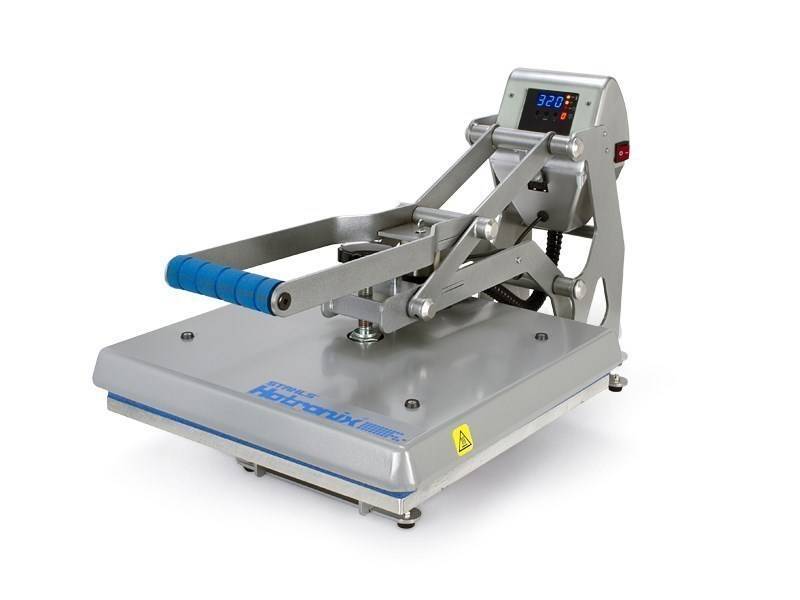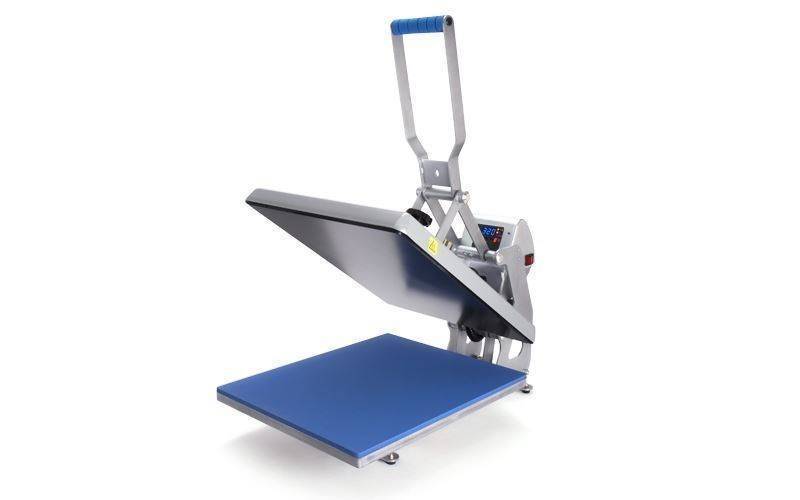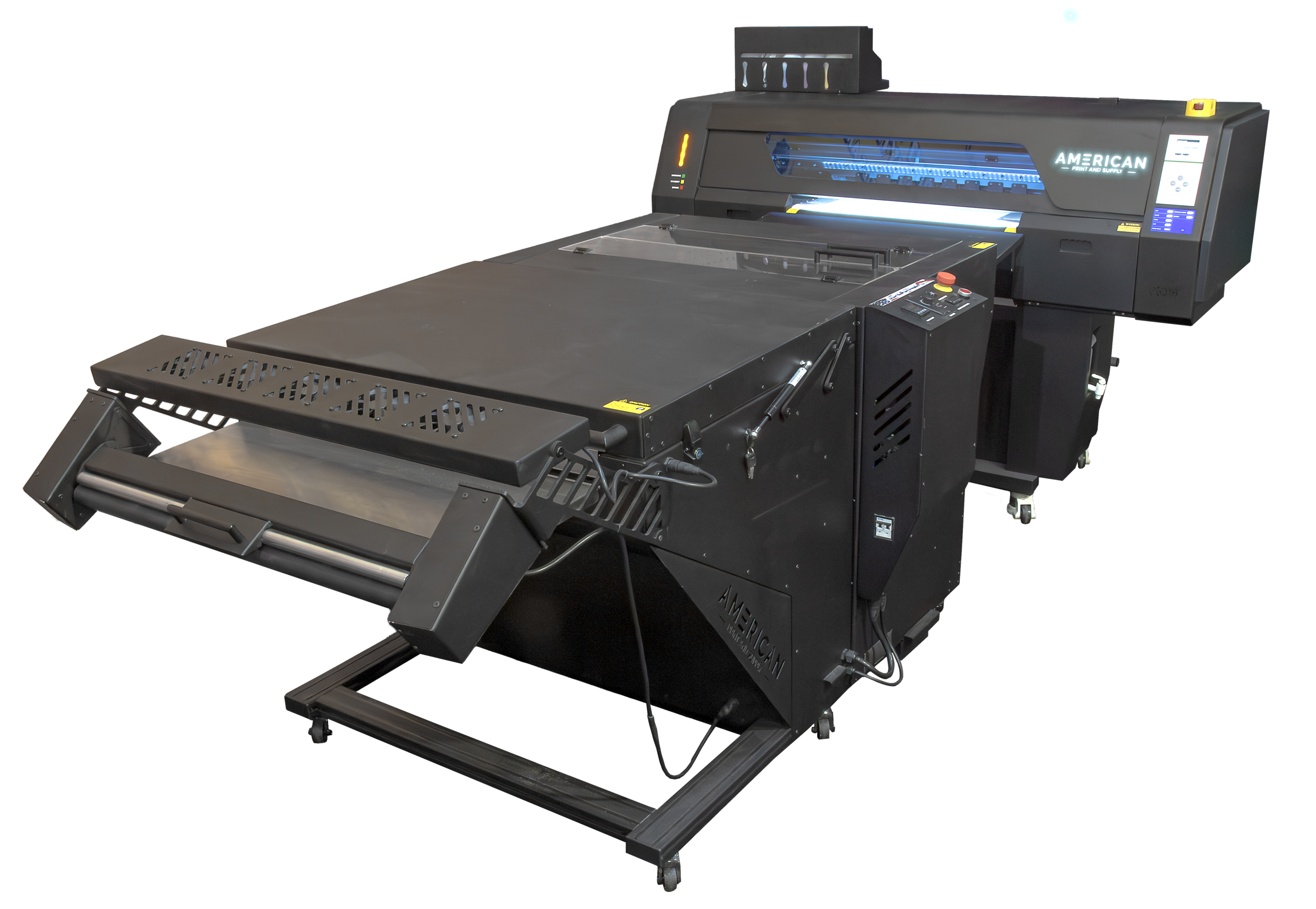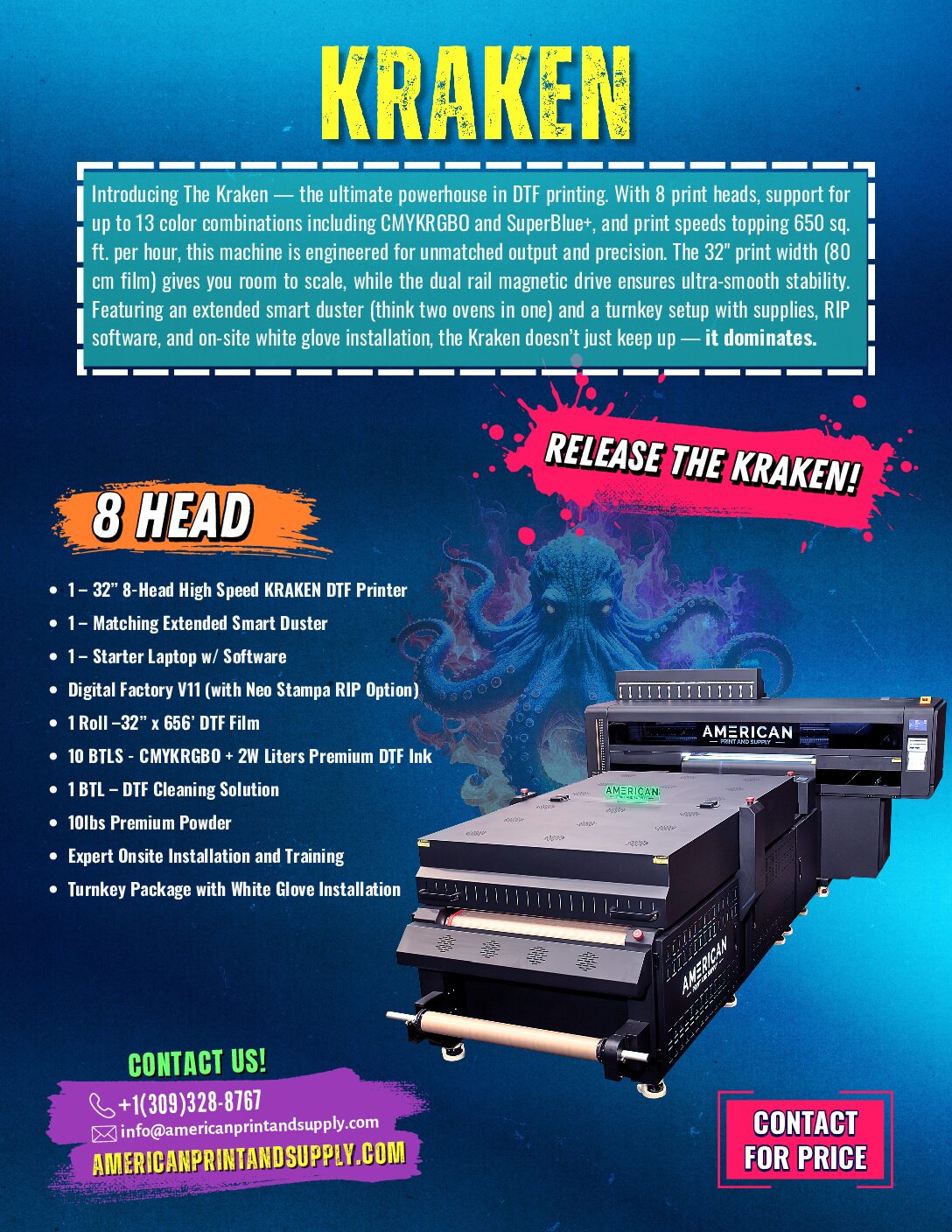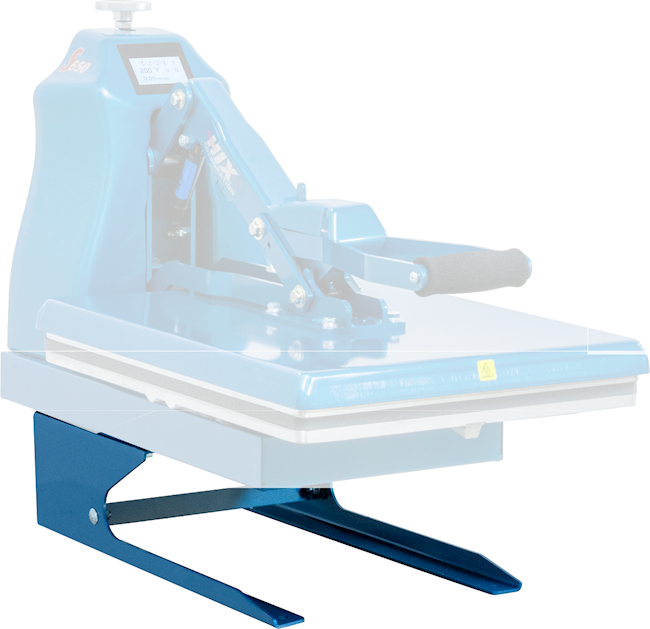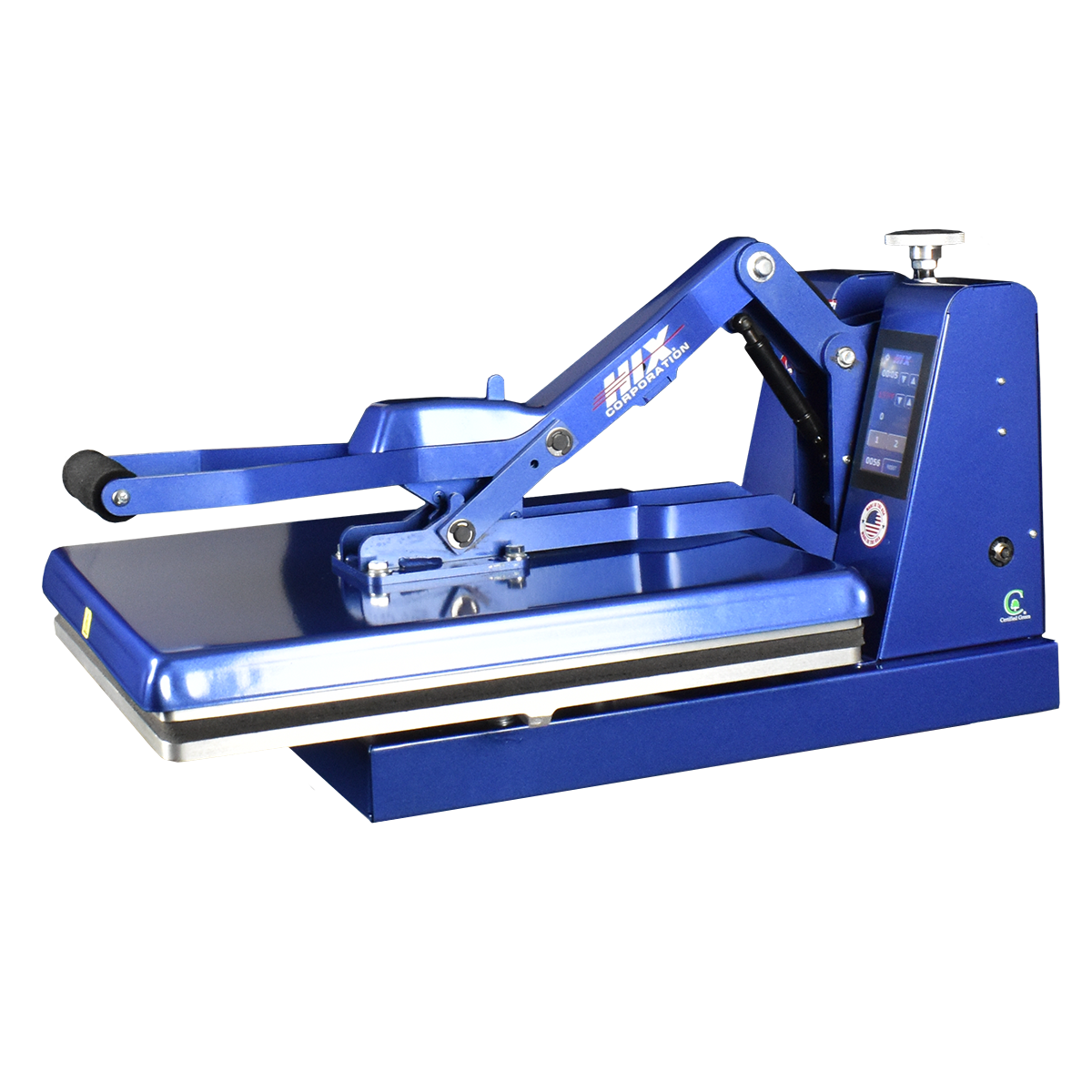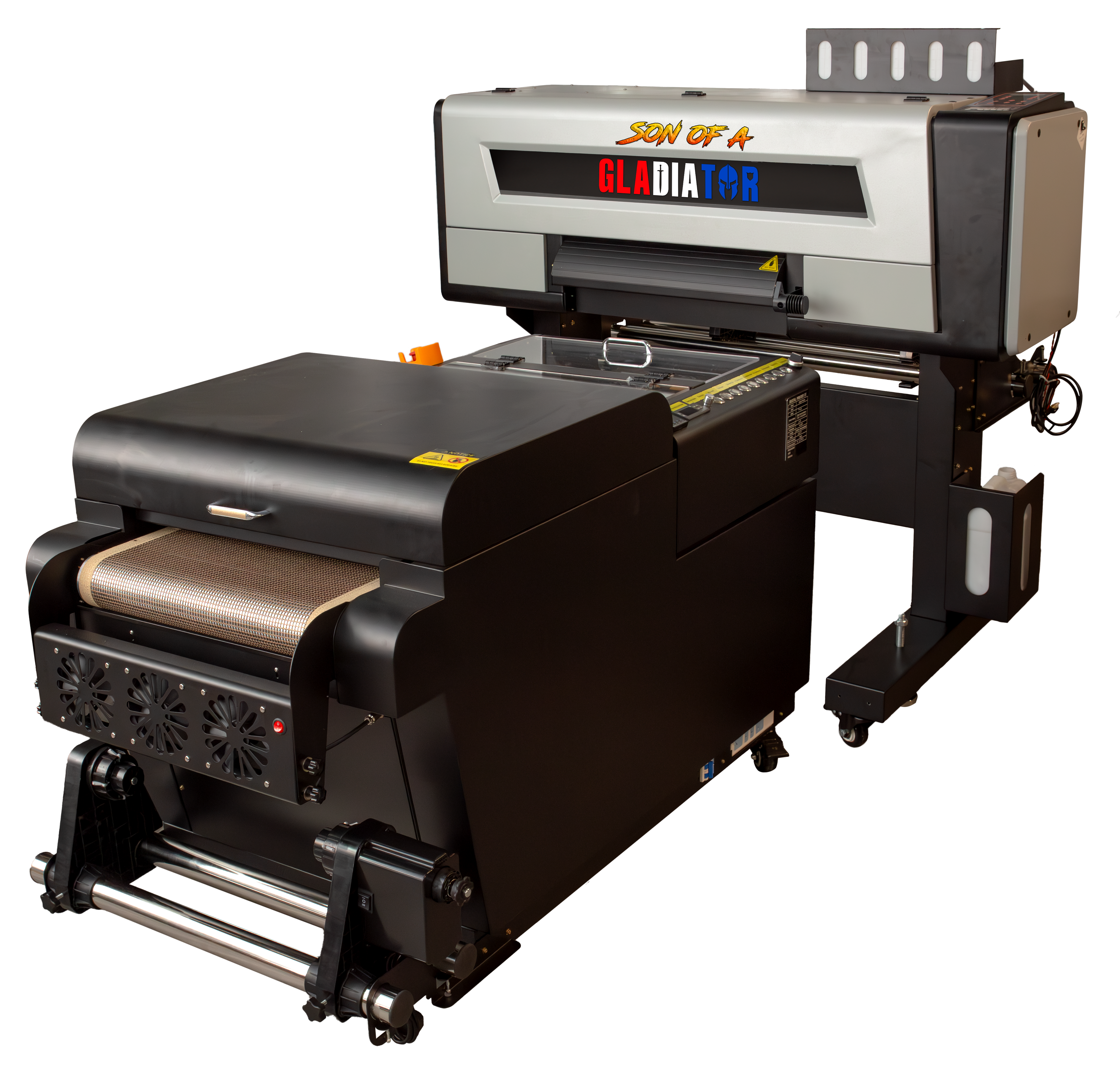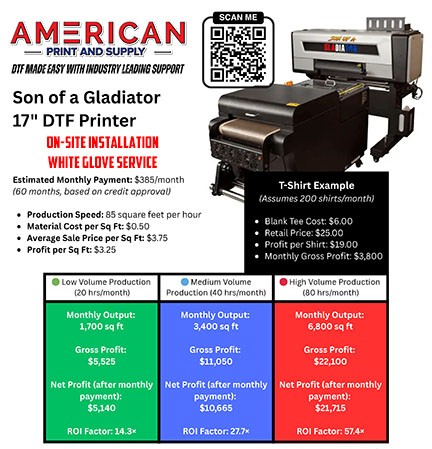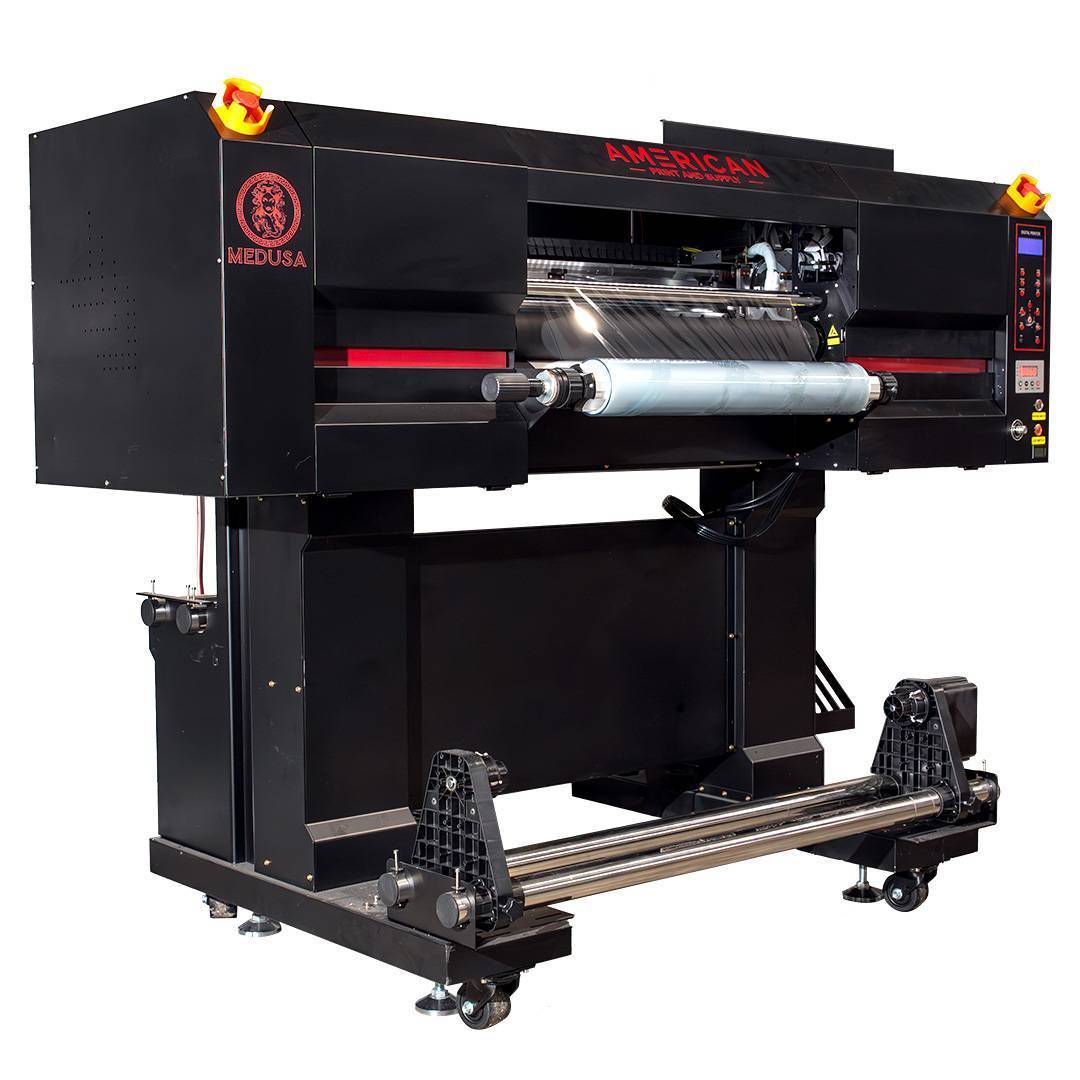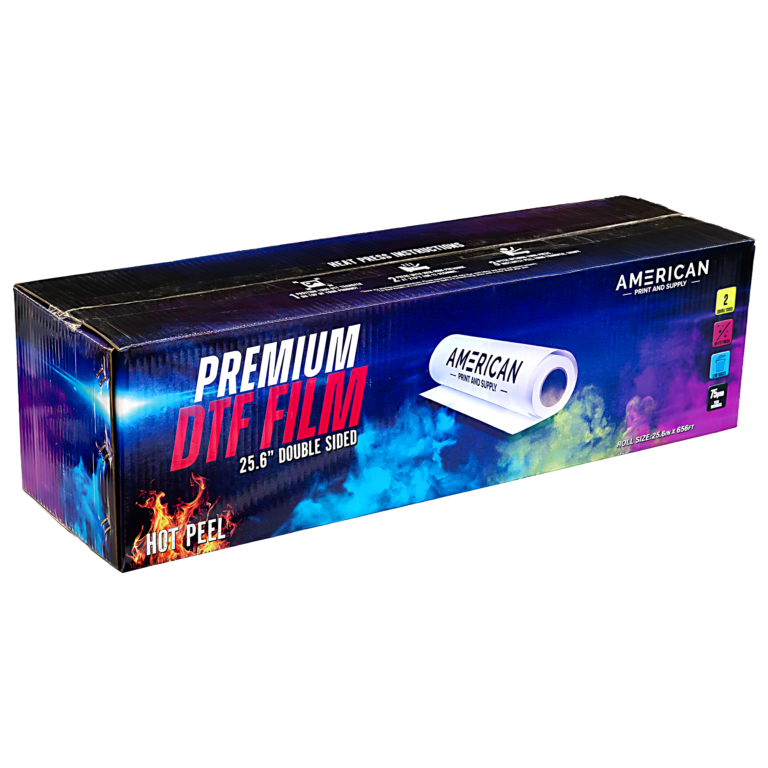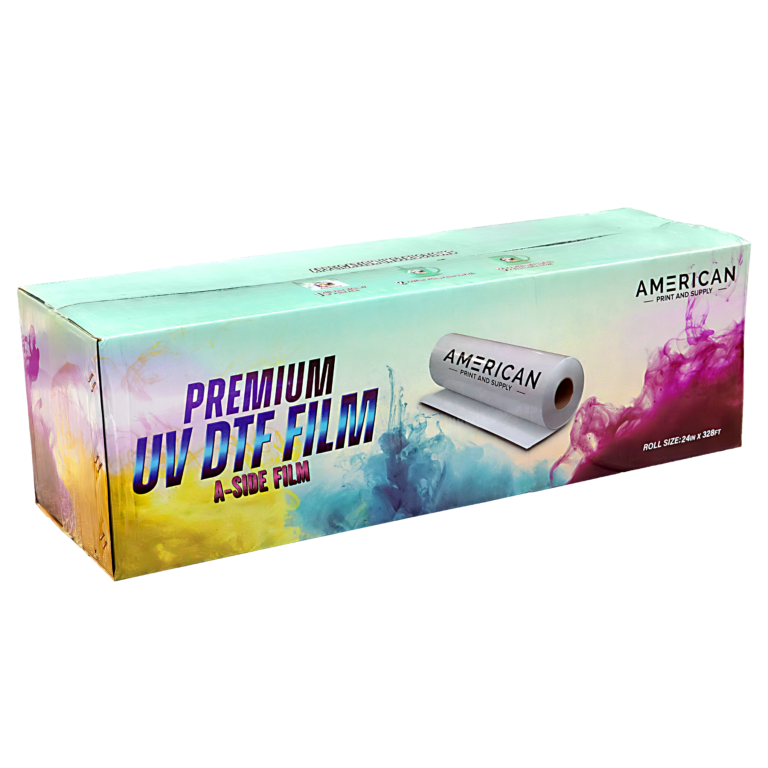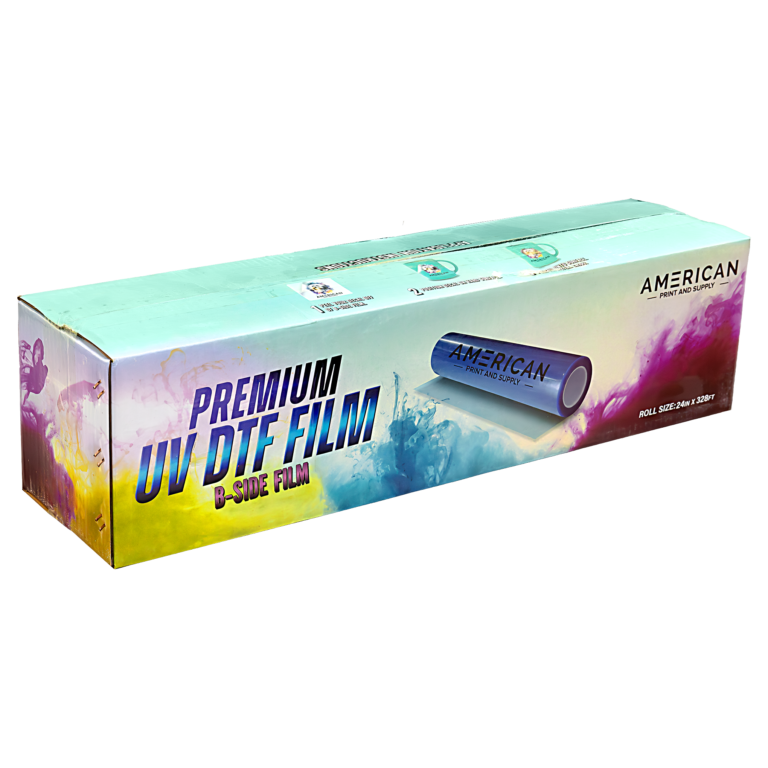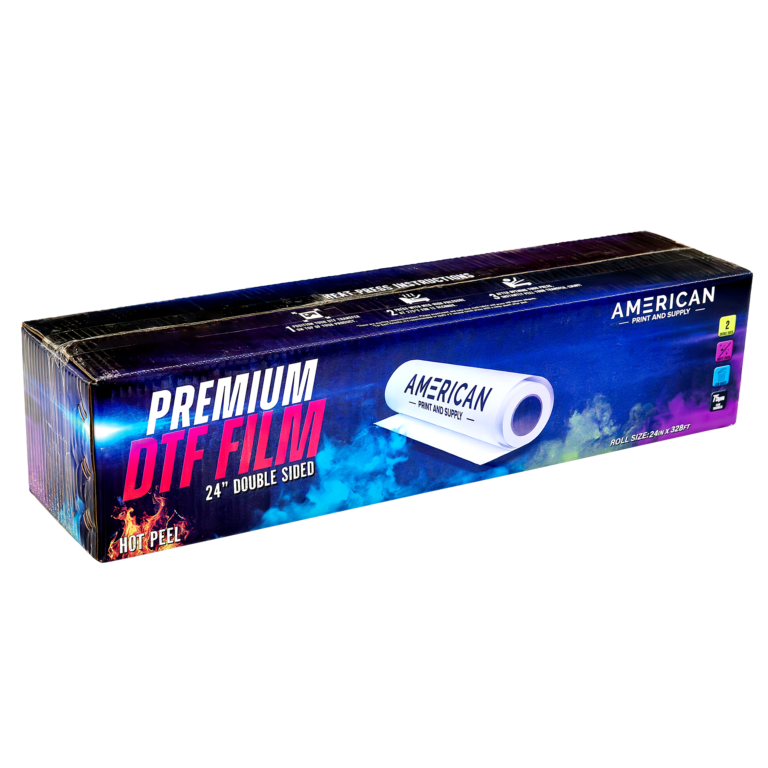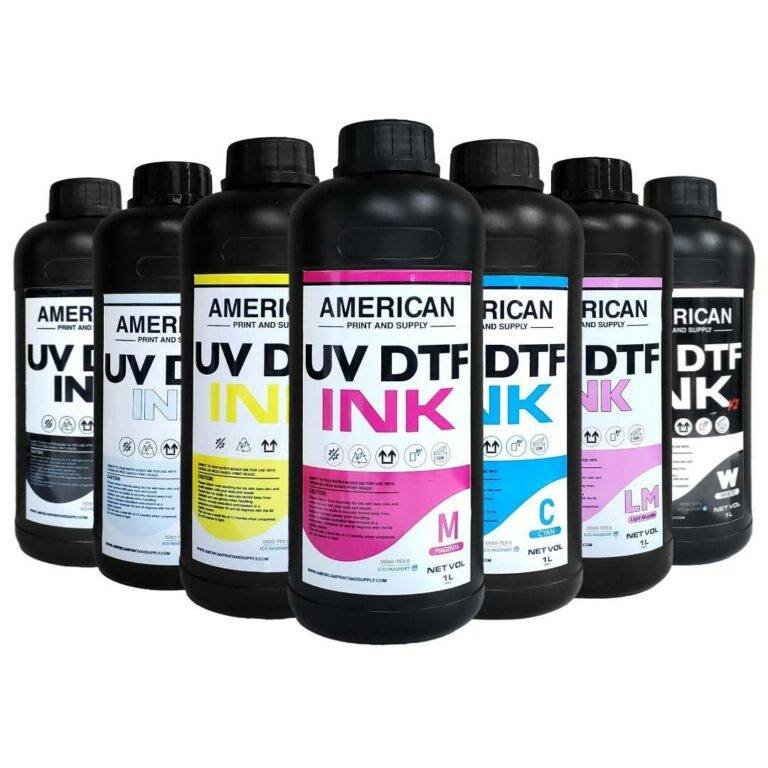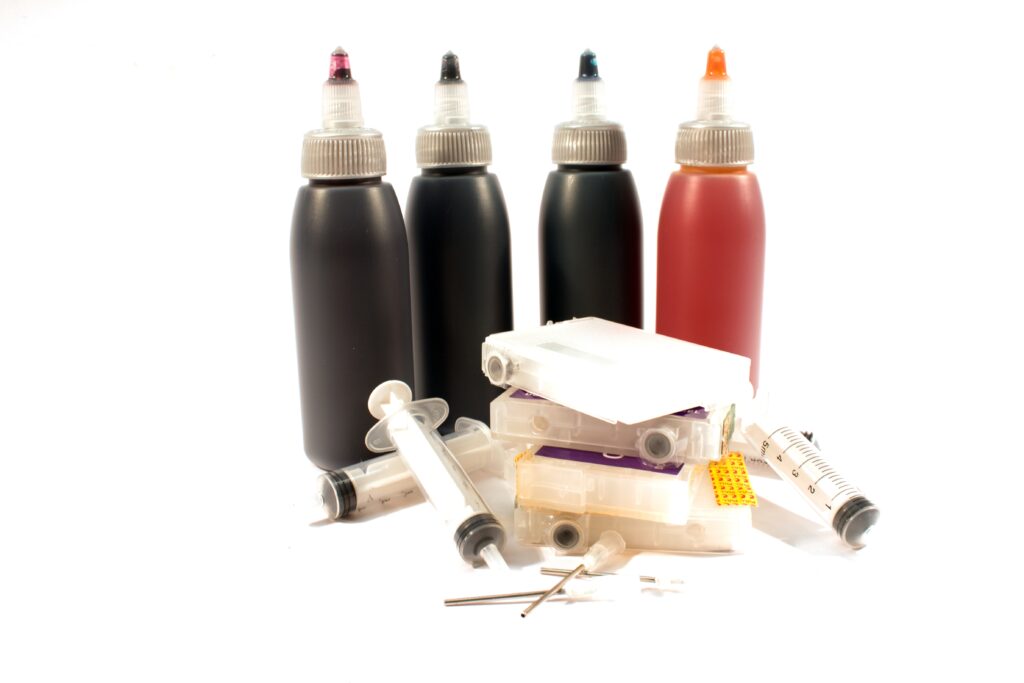When it comes to printing, choosing the right ink type is just as important as selecting the right printer. Whether you’re printing high-quality photos, business documents, or large-format posters, understanding different types of printer ink can help you achieve the best results.
1. Aqueous-Based Inks
Aqueous-based inks are water-based inks that include both dye-based and pigment-based options. These inks are commonly used in inkjet printers for home and office use. They are known for their high-quality color reproduction and affordability but can be prone to smudging if not handled properly.
Types of Aqueous-Based Inks:
- Dye-Based Ink: Consists of colorants dissolved in liquid, producing vibrant and rich colors. However, dye inks are water-soluble and can fade over time when exposed to UV light or moisture.
- Pigment-Based Ink: Uses tiny solid particles suspended in liquid, making it more resistant to fading and smudging. Pigment inks are ideal for professional documents and archival-quality prints.
Pros:
- Produces bright, vivid colors (dye-based)
- Long-lasting and fade-resistant (pigment-based)
- Affordable and widely available
Cons:
- Dye-based ink is prone to smudging and fading over time
- Pigment-based ink is more expensive and less vibrant than dye ink
Best For:
- Home and office printing
- Photo prints
- Documents requiring long-term durability
2. Solvent Ink
Solvent inks are oil-based and used primarily for industrial and large-format printing. They are designed for outdoor use and are highly resistant to environmental conditions. These inks work well on non-porous materials such as vinyl, plastic, and glass. Due to their durability and weather resistance, they are commonly used for billboards, vehicle wraps, and banners. However, they emit strong odors and require specialized ventilation during printing.
Pros:
- Waterproof and weather-resistant
- Durable for outdoor applications
- Works on a variety of surfaces
Cons:
- Strong odor due to volatile organic compounds (VOCs)
- Requires special ventilation and handling
Best For:
- Banners and signage
- Outdoor posters
- Vehicle wraps
3. UV-Curable Ink
UV-curable inks dry instantly when exposed to ultraviolet (UV) light, making them ideal for printing on non-porous surfaces. These inks form a durable, scratch-resistant layer on materials such as glass, acrylic, and metal. They are commonly used in commercial and industrial printing applications where quick drying time and high durability are essential. While they provide excellent adhesion and longevity, they require specialized UV printing equipment, making them more expensive than traditional inks.
Pros:
- Instant drying time
- Highly durable and scratch-resistant
- Works on a wide range of materials, including glass, metal, and plastic
Cons:
- Requires UV light for curing
- More expensive than traditional inks
Best For:
- Industrial and commercial printing
- Printing on unique surfaces like acrylic and wood
- High-volume printing
4. Sublimation Ink
Sublimation ink is designed for heat transfer printing onto materials like fabric, ceramics, and metal. When heated, the ink turns into gas and bonds with the surface, resulting in vibrant, durable prints. This type of ink is widely used in custom apparel, promotional products, and personalized gift printing. It works best on polyester-based materials and requires a sublimation printer and a heat press for application.
Pros:
- Produces vibrant, high-resolution prints
- Long-lasting and durable
- Ideal for personalized and custom printing
Cons:
- Requires a sublimation printer and heat press
- Only works on specially coated surfaces or polyester fabrics
Best For:
- Custom apparel and textiles
- Promotional products
- Personalized gifts
5. Latex Ink
Latex ink is water-based but offers durability similar to solvent ink, making it a versatile choice for both indoor and outdoor applications. It is environmentally friendly, as it contains fewer harmful chemicals than solvent-based inks. Latex inks provide excellent adhesion to a variety of materials, making them a preferred option for wall graphics, soft signage, and vehicle wraps. Additionally, latex prints are resistant to scratches, fading, and water damage.
Pros:
- Environmentally friendly and low in VOCs
- Highly durable and scratch-resistant
- Works on a variety of materials
Cons:
- Requires specialized latex printers
- More expensive than standard inks
Best For:
- Wall murals and decals
- Outdoor advertising
- Soft signage
6. Toner Ink
Toner ink, commonly referred to as toner powder, is used in laser printers and copiers. Unlike liquid ink, toner is a dry, fine powder that gets heated and fused onto paper to create prints. It is known for its efficiency, speed, and durability, making it ideal for office environments and high-volume printing.
Pros:
- High-speed printing
- Smudge-proof and water-resistant
- Cost-effective for large-volume printing
Cons:
- Higher initial cost for laser printers
- Less vibrant color reproduction compared to liquid inks
Best For:
- Office printing
- High-volume document printing
- Long-lasting, smudge-resistant prints
7. Direct to Film (DTF) Ink (A Type of Pigment-Based Ink)
Direct to Film (DTF) ink is a specialized ink used in DTF printing, a process that involves printing designs onto a film and transferring them onto fabrics using heat and pressure. DTF ink is known for its durability, vibrant colors, and ability to adhere to various types of fabric, including cotton, polyester, and blends. Unlike traditional screen printing or sublimation, DTF printing does not require pre-treated fabrics, making it a versatile option for custom apparel.
Pros:
- Works on a wide range of fabric types
- Produces high-quality, vibrant prints
- No pre-treatment required for fabrics
Cons:
- Requires specialized DTF printers and transfer films
- More complex setup compared to traditional printing methods
Best For:
- Custom apparel and textiles
- Small and large-scale garment printing
- Personalized designs on various fabric types
Which Ink Type is Right for me?
Just like all the tools in your tool box, each one has it’s purpose. A successful print shop will select it’s tools based upon the needs of the business. However, it’s typically not practical to offer all print verities which is why it’s important to have good outsourcing partners for those technologies when the needs do arise.
Printer Ink Explained Like You’re Five
Think of printer ink like a magic marker inside your printer. When you draw with a marker, it leaves color on the paper. A printer does the same thing but with tiny drops of ink instead of a marker tip. Some inks are bright and colorful but might wash away if they get wet, while others are strong and last for a long time without fading. Different inks are made for different jobs—some are perfect for printing pictures, others work best for making t-shirts, and some can even handle rain!

